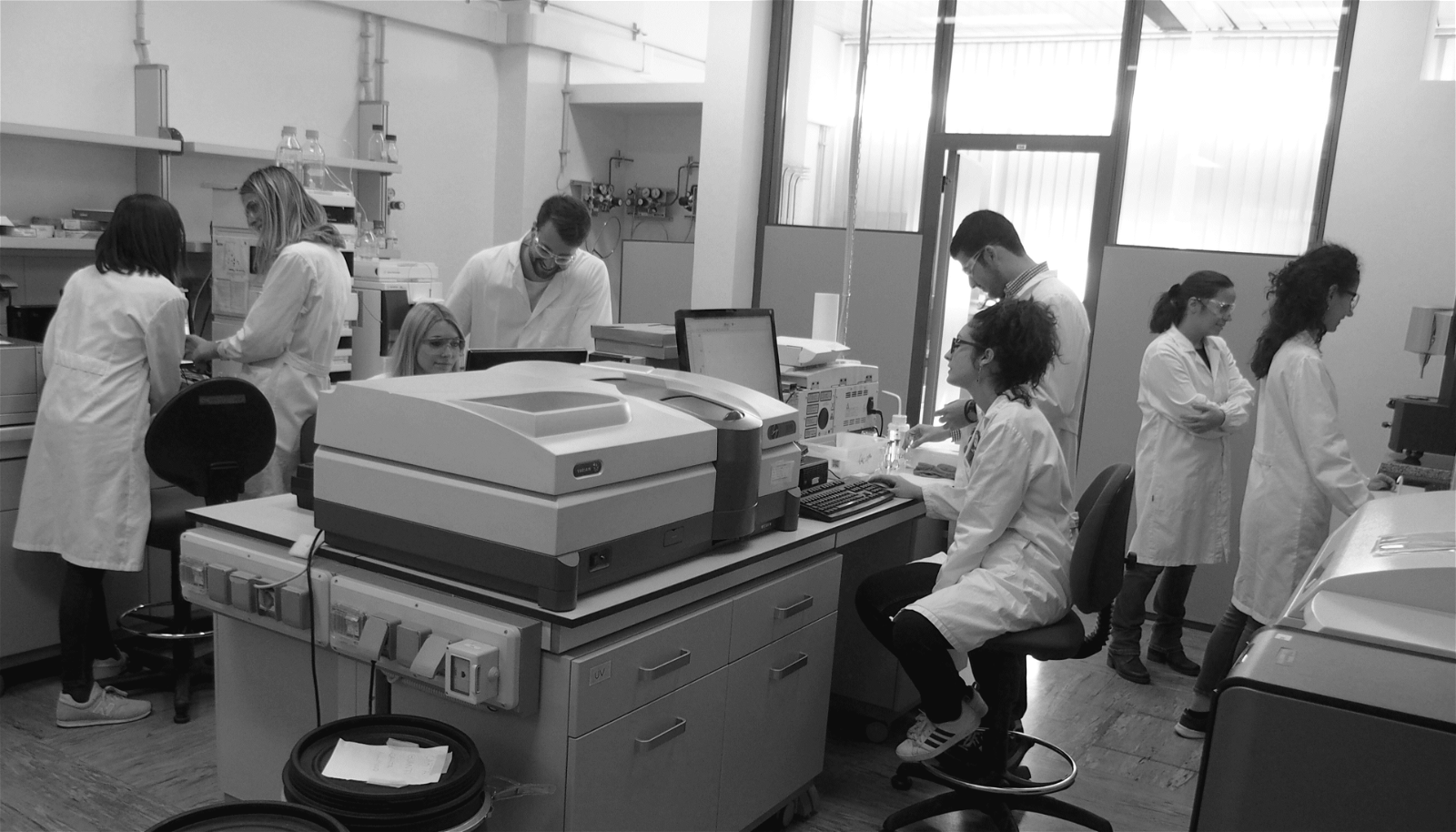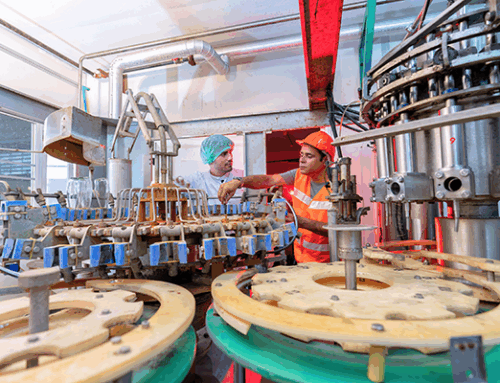The SuperStructures Lab at the University of Trieste is seeking out smart, nano-structured, water-based, environmentally friendly biomaterials to create innovative therapeutic solutions for some of today’s greatest areas of medical interest. We are delighted that Dr. Silvia Marchesan, Associate Professor at the university, has taken us on a virtual tour of their current research to explain the self-assembling properties of superstructures and how their manipulation is offering much to excite the medical world.
- Medicinal possibilities of supersizing
- Peptide opportunities as drug candidates
For the Trieste team, the molecular self-assembly is hydrophobically driven. Hydrophobic molecules don’t like water and so cluster together on its introduction. This presents a saught-after opportunity, to ensure that the molecules don’t just precipitate out of the solution but cooperate with each other to engage and form new functional structures. In doing so, hydrophobic pockets occur. When such an event is generated using peptides (short chains of amino acids) it’s possible to create all sorts of functional groups to catalyze reactions, including catalytic triads and catalytic functional groups of enzymes and synthetic groups.
To expand on this, any functional groups not normally present naturally, and new catalytical functions, can be encoded into structures. Interestingly, the catalytic activity is only present in superstructures because they’re held together by weak, low-energy noncovalent bonds. At assembly, the activity exerts a function, such as catalyzing a reaction or inhibiting a biological process and it disassembles when no longer needed. Finding the right trigger will easily cause such reactions – changes in pH, temperature, chemistry, and light are all proving to be effective switches.
The whole concept has positive sustainability implications too. In the same way that turning the lights off when leaving a room saves electricity, Dr Marchesan is working on both irreversible and reversible switches. For reusable elements, such as catalysts, reversible switches are what’s required. For final material disposal of a catalysis or anti-microbial activity, the switch needs to be irreversible.
Medicinal possibilities of supersizing
Superstructures are offering up unique insights for some of today’s leading medical problems. As Dr Marchesan explains;
“Our focus is on short peptides made up of just two or three amino acids, so really simple molecules. We look at how they come together to form different nanostructures, and this is leading us to some exciting findings. We can demonstrate that a specific tripeptide sequence will inhibit the fibrillization of the amyloid-β peptide. Plus, there’s an amino acid which acts as a breaker and doesn’t favor fibril formation. Combining them, it’s possible for a peptide to self-assemble into nanoparticles and when tested on amyloid-β peptide, we see it inhibits fibrillization. Typically, it’s the aggregation of this peptide into fibrils or other self-assembled states, that is central to the pathogens behind Alzheimer’s disease. Of course, these experiments are just in vitro currently so there’s still a long way to go. But it’s a good, promising start.”
The potential here is that simple building blocks, that are not naturally antimicrobial, can be switched to demonstrating antimicrobial activity when needed. There is also the possibility for irreversible switches that would convert one of these self-assembling systems into something static, so that even if released into the environment it would not regain any antimicrobial activity. Exciting thoughts indeed!
Peptide opportunities as drug candidates
Until now, peptides have notoriously made bad drug candidates – enzymes easily disassemble then, so they are do not last long in the body. Yet, the SuperStructure Lab are finding ways around this as well. By combining L-amino acids, common amino acids that are the building blocks of proteins, with their mirror image. These D-amino acids occur naturally but are much rarer. Working the acids in combination is helping the lab design how the molecules self-assemble and form structures, which is very importantly extending the lifetime of the materials.
Their results show that the peptides in combination take a lot longer to biodegrade and the timeframe can be fine-tuned by controlling several factors including the number of D-amino acids placed, the types used, their location and the tightness of the supramolecular structures. L and D-amino acids look and react very similarly but are chiral, they’re a mirror image of each other but not superimposable so exist in left and right-handed form. And, just like a pair of shoes, they only fit onto their corresponding partner: a right shoe is never a good fit for a left foot.
Chirality is very important for molecular recognition. In the body, molecules are able to recognize each other. This biological recognition mechanism is the basis on which drugs work. Most medications are chiral, which is very important for selectivity to reduce medical side effects and possible complications.
Dr Marchesan is keenly interested in this interplay between left and right.
“In the body, mainly left-handed amino acids are the building blocks of left-handed peptides, which in turn create left-handed proteins and enzymes. We’re looking for what happens when you insert one or two D-amino acids and there are two mirror images inside”.
“It’s just like Alice when she goes through the looking glass. There’s a well-known black and white illustration from the child’s storybook where we see Alice climbing through the mirror from the real world into Wonderland. Initially, the rooms look very alike and then you start to notice the differences. For example, the mantlepiece clocks look alike but the face of the one in Wonderland is animated with a smiling face. I like to think of our systems like this; they have some common building blocks to those found in real life and others that are a little bit different. They are our D-amino acids and give the system a new function.”
The lab’s research to date, and their forward-thinking approach to sustainability, show that they may be on the brink of rethinking treatments for conditions that are major 21st-century concerns. Perhaps, alongside the medical world, we should all be getting our hopes up for the possibilities of superstructures.






